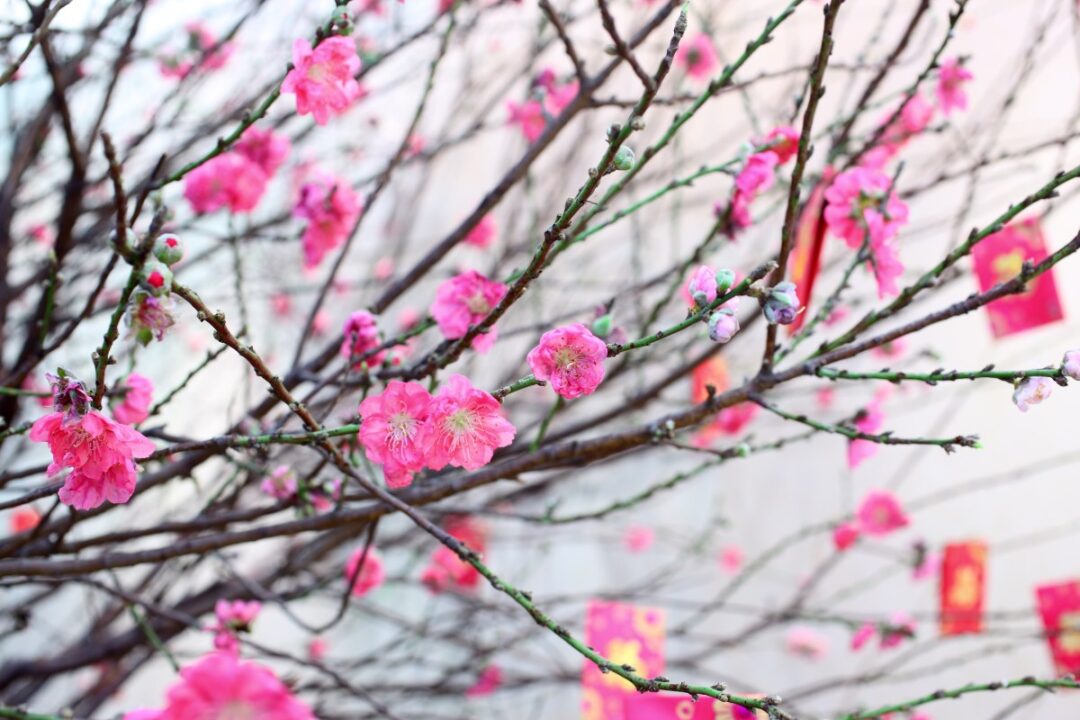Roses are red, violets are blue, Chinese New Year is nearly here, what flowers are in bloom? Falling on February 10, 2024, the Lunar New Year holiday welcomes the bright, new future and bids farewell to the past. With the highly anticipated holiday on its way, people get their homes in order, cleaning them and decking them out with bunches of new flowers.
Why? Flowers are a pretty sight, but for Chinese people, each flower has a symbolic meaning that is believed to usher in the values that it represents. From bringing true love to hitting the jackpot in wealth, scroll through to discover the meaning of essential Chinese New Year flowers.
Bamboo
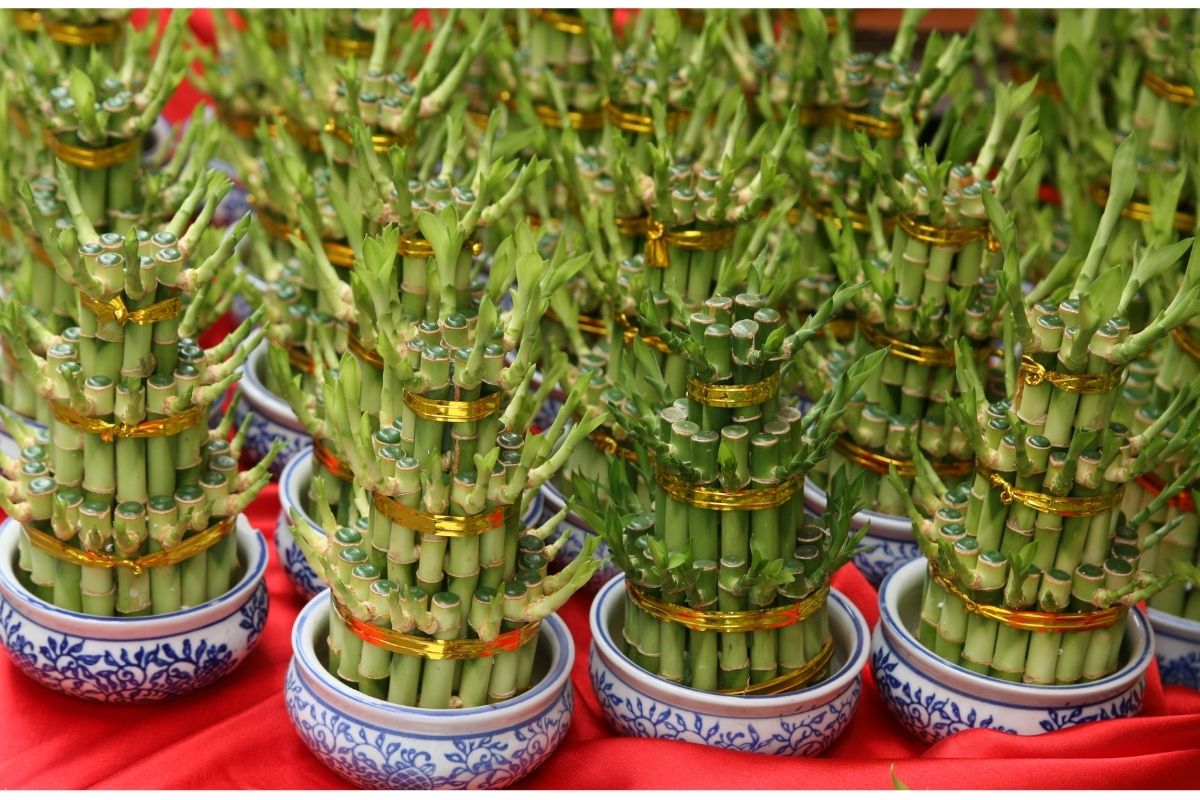
Often associated with pandas or building scaffolding in Hong Kong, bamboo plants (fu gwai juk or fù guì zhú, 富貴竹) during the New Year are believed to bring good luck and fortune. Their sturdiness symbolizes strength. Easy to care for, they sometimes grow in unique twists and turns. The number of stalks represents different blessings; for example, two stalks signify double luck, and five stalks symbolize overall good health. However, four stalks are never gifted, as the number four (si, 四) sounds similar to the Chinese word for “death” (si, 死).
How to care: Place it in a bright and well-ventilated location, and be diligent in changing the water and pruning excess leaves and rotten roots. Avoid environments that are too cold or placing it too close to electrical appliances.
Chrysanthemum

In Chinese New Year traditions, chrysanthemums (guk fa or jú huā, 菊花) symbolize wealth and longevity. Traditionally given to seniors, they’re available in bright colours like Berry red and Canary yellow, and the golden yellow ones are especially thought to attract wealth. Their wide range of colours and round shape make them a favourite for festive decor during Lunar New Year.
How to care: Regularly repot them in a flowerpot larger than the previous one to give the roots more room to grow. Also, apply diluted fertiliser every ten days.
Gladiolus
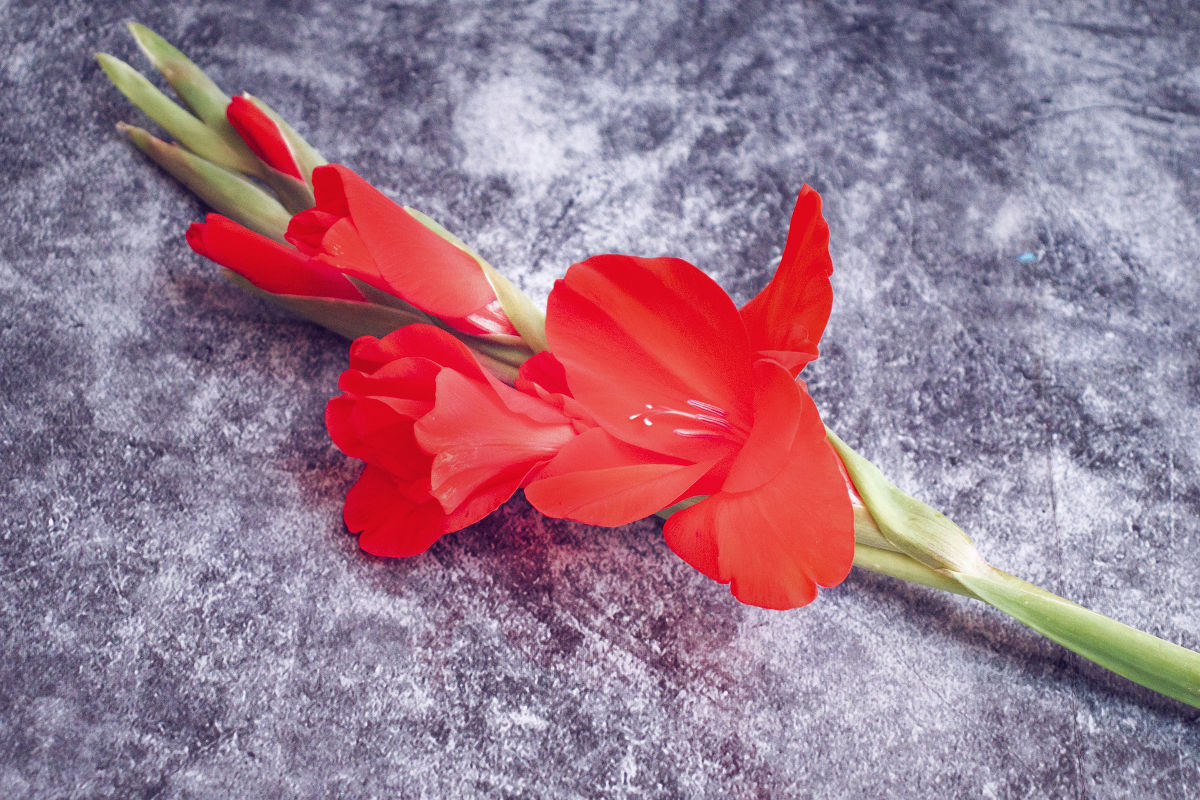
Gladiolus (gim laan or jiànlán, 劍蘭), also known as the Sword Lily, features an abundant number of blossoms on a single branch. It’s a beautiful flower for home decor, coming in colours like white for purity, red for passionate love, yellow for cheerfulness, and purple for grace. The gladiolus symbolizes career growth and self-development. These flowers bloom from July into early winter, reflecting their symbolic meaning in Chinese culture. For Chinese New Year, the fiery red gladiolus is most in demand!
How to care: Appropriately trim the bottom of the flower stems and fertilise, ensuring plenty of sunlight. Change the water daily to prevent root rot.
Jade plant
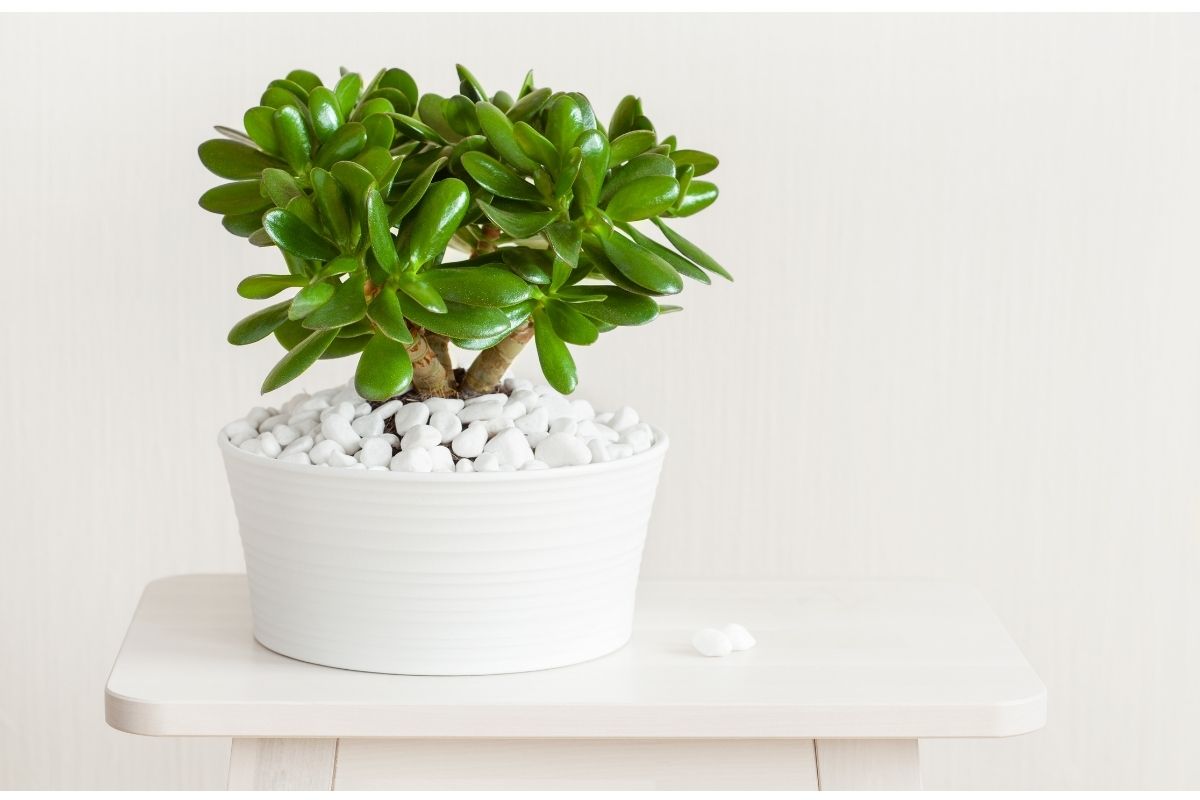
Bearing resemblance to the auspicious meanings of plants discussed so far, jade plants (yuk syu or yù shù, 玉樹) symbolize prosperity, wealth, and fortune. Native to South Africa, they are highly regarded for their leaves that look like jade stones, hence the prosperous meaning they hold. Taking on a tree-like form, jade plants are easy to care for, as they fall under the succulent family and require minimal attention. Their longevity and self-sustaining nature also symbolize strength.
How to care: Jade plants thrive in bright light, so ensure there is sufficient lighting to aid their photosynthesis. These plants are highly drought-tolerant and prefer a dry environment. Ensure the pot used provides adequate drainage and aeration.
Lily

In the language of flowers, lilies (baak hap or bǎihé, 百合) symbolize purity and passionate love. Their Chinese name means’hundred years of good union’, making them a beautiful way to wish for enduring love and joy. Beloved for their elegance, noble look and sweet fragrance, they are a festive favourite. During Chinese New Year, lilies in shades of pink, yellow, orange, and red are more popular than white ones.
How to care: Change water every two or three days, allow plenty of sunlight and ventilation, and prune appropriately. Don’t place too many lily stems in the same vase.
Mandarin or tangerine trees
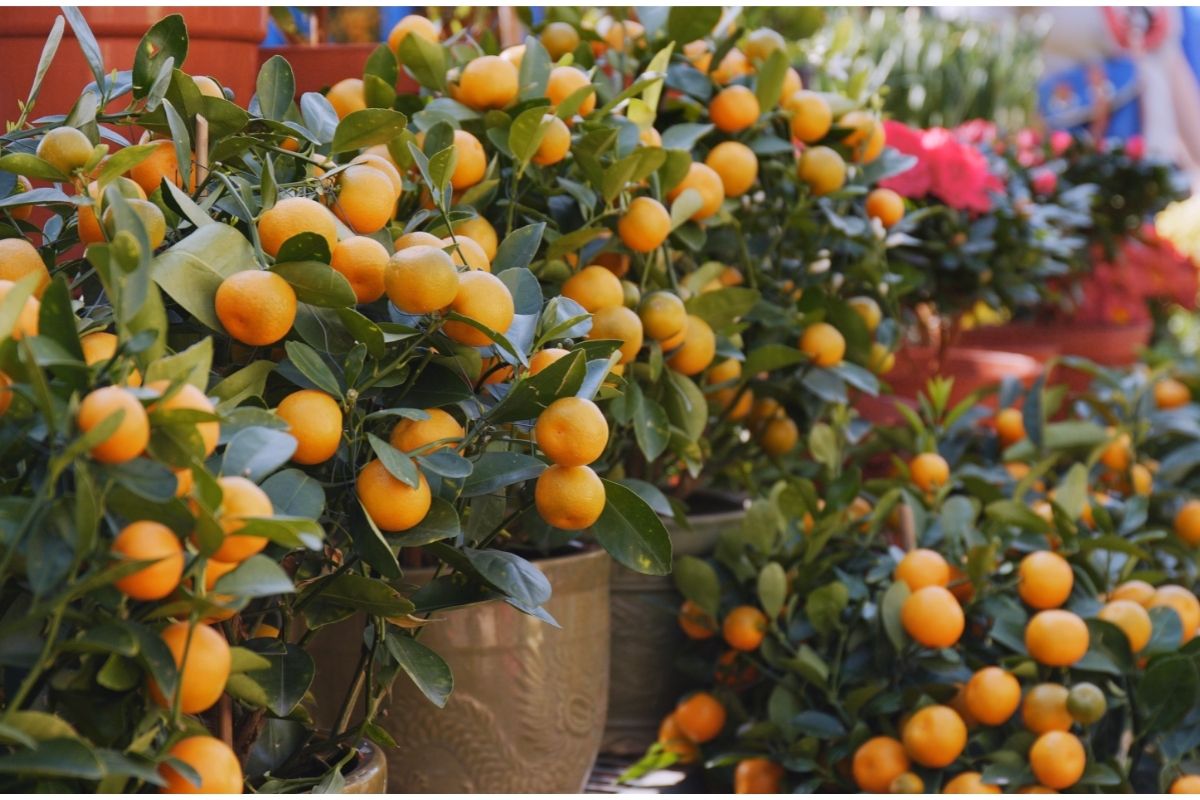
In the month leading up to Chinese New Year, it’s a common sighting to see lots of plants containing tangerines (gwat ji or jú zǐ, 金桔), mandarin oranges, or kumquats. These lucky plants are typically ordered in bulk in advance to place by the entrance of homes, buildings, and stores. The column-like Chinese New Year plants dotted with orange represent good luck and wealth, with the more fruit the trees bear, the more luck and wealth they bring. Placing them at your front door ensures that people walking into your home bring in good luck. And the bright orange colours and aromatic citrus smell just brighten the entire atmosphere.
How to care: Allow sufficient sunlight and make sure the water reaches the bottom when watering. Avoid placing them in dark corners of the room.
Narcissus
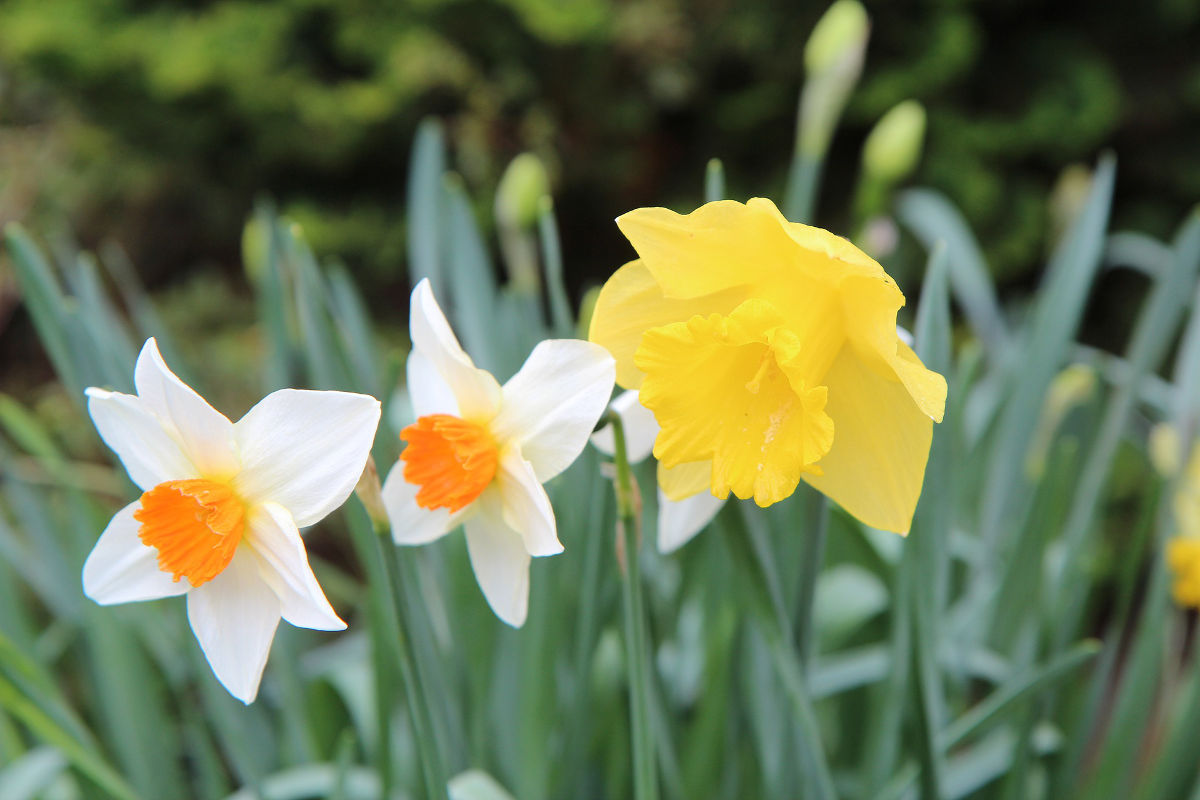
Narcissus (seui sin or shuǐxiān, 水仙) has a delicate look and smell, no wonder they are among the most auspicious for Lunar New Year. Also known as water fairy flowers or daffodils, they represent good fortune and prosperity. Growing rapidly in warm temperatures, it’s recommended to purchase them just before the 15-day Chinese New Year holiday for guests to see them in full bloom. Fun fact, their outlook often reminds people of a sunny-side-up egg!
How to care: Change water every few days and allow sufficient sunlight. Using a steel pot or placing them close to fruits may lead to fall rapidly.
Orchid
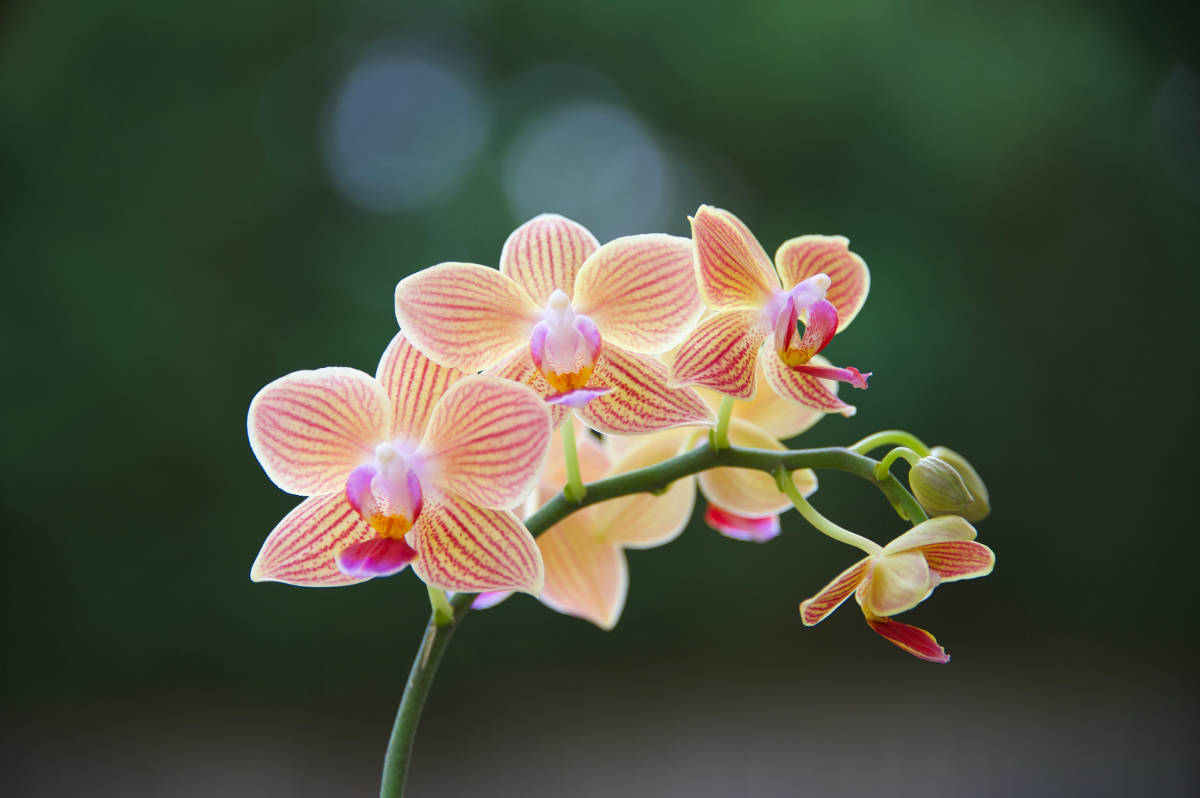
Orchids (laan fa or lánhuā, 蘭花) are delicate and graceful plants that make perfect gifts during Chinese New Year. The quintessential Lunar New Year flowers represent fertility and abundance, as well as good taste, beauty, luxury and innocence. Resilient plants, orchids bloom in multiple seasons: the fall, winter and spring. They come in different colours, with yellow symbolising friendship, white symbolising purity, and pink symbolising femininity. Though orchids tend to be on the pricier side, they are arguably the most cherished plant displayed during the new year.
How to care: Avoid direct sunlight; instead, place it in a corner with indirect light and good ventilation. Pay attention to overwatering.
Peach blossoms
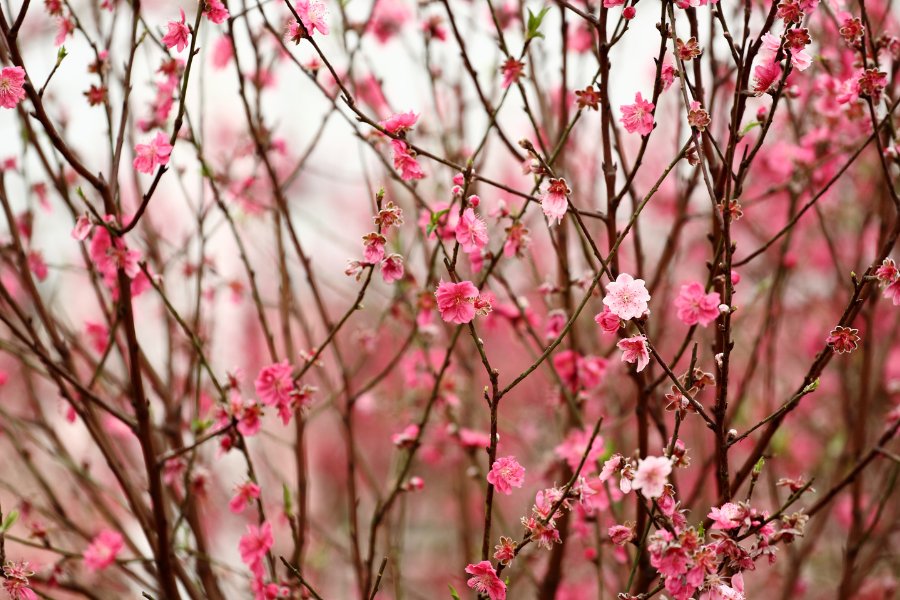
Whether as a whole tree or as branches, peach blossoms (tou faa or táohuā, 桃花) are cherished floral decorations during Lunar New Year, symbolising romance, prosperity, and growth. In Chinese society, a belief holds that walking three circles clockwise around a peach blossom tree will bring romance to those seeking love and enhance your social life in general, while walking anticlockwise diminishes one’s romantic and social relationships. These flowers are prominently displayed in shopping centres and streets during the festivities.
How to care: Remove withered flower buds and newly grown green leaves, and allow sufficient water.
Peonies
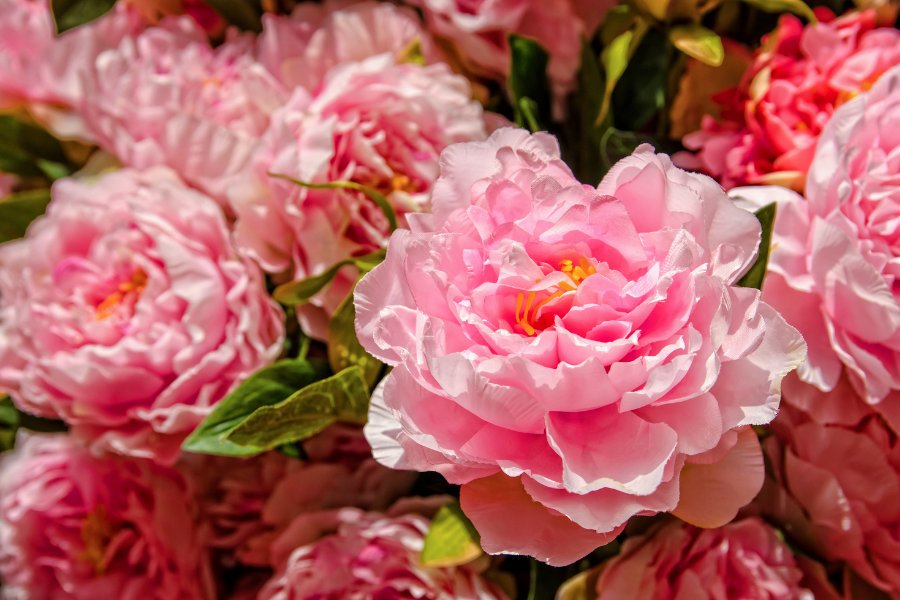
Peonies (maau daan or Mǔdān, 牡丹), also known as the “flower of riches and honour”, hold a special place in Chinese culture as the “flower of riches and honour”. These exquisite blooms symbolize wealth, honour, and prosperity. With their round and full appearance in full bloom, in particular the bright red ones, peonies are a great choice for decoration during Chinese New Year. Their rich and abundant presence adds a touch of auspiciousness to the festive atmosphere.
How to care: Peonies require very little water, as excessive water can cause the stems to rot and the flower buds to drop. You can even add a drop of bleach to prevent an unpleasant smell.
Pussy willows
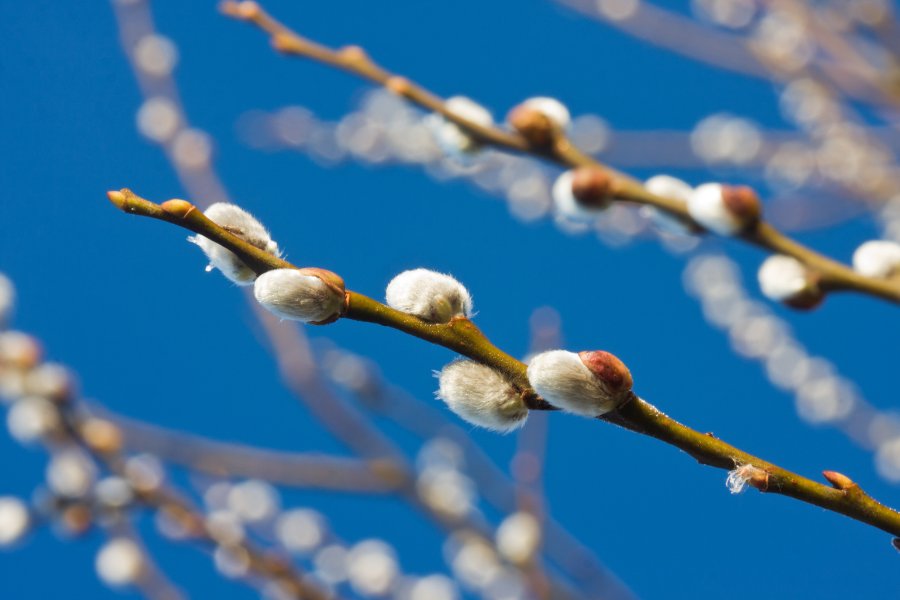
No, it has nothing to do with body parts or cats. Pussy willows (ngan lau or yín liǔ, 銀柳) represent growth and incoming prosperity, and it marks the start of spring. Their tall and slender shape allows them to sustain for extended periods with only bi-weekly watering. Normally, pussy willows come in grey and white, but sometimes, florists get creative by adding a dash of colour to the furry buds that make them stand out among other plants. They bloom in early spring and make fascinating houseplants to welcome new beginnings at the beginning of the lunar year.
How to care: Water them bi-weekly and the buds will grow and eventually develop into flowers. Alternatively, they are also great for dried flowers.
Solanum mammosum
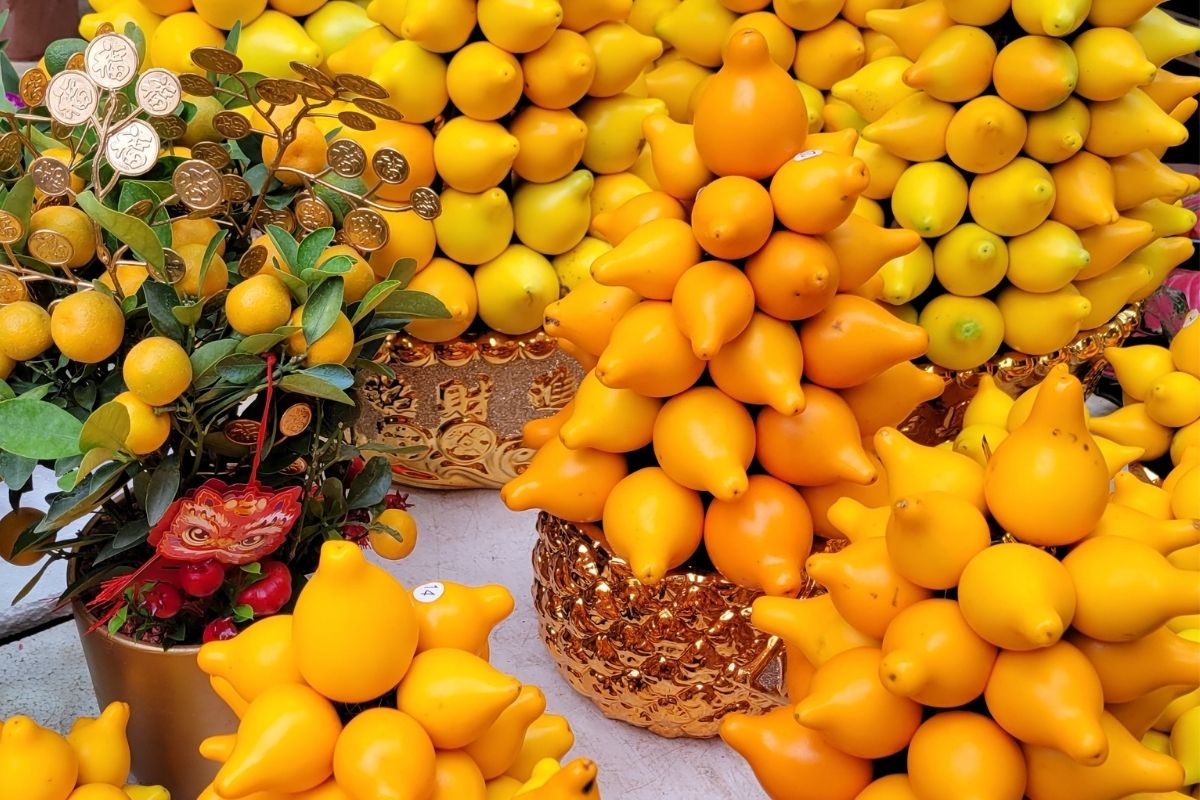
Also known as “nipplefruits, “fox head”, “cow’s udder”, or “apple of Sodom”, solanum mammosum plants are commonly found in wet markets and shops during Chinese New Year. In Cantonese, they are called ng doi tung tong (or wǔ dài tóng táng in Putunghua, 五代同堂), which literally translates to “Five Generations Living Together”, symbolizing longevity for the family. However, despite its beautiful golden colour, be aware that this fruit is inedible and poisonous.
How to care: Keep the fruits on the branch and allow sufficient ventilation.
Where To Buy Lunar New Year Plants
Ready to decorate your home with festive flowers, trees, or plants? Apart from visiting the Lunar New Year Fairs, which open a week before the festival, head to the Flower Market in Mong Kok. Here, you’ll find a range of plants, as well as gardening accessories and supplies. Short on time for preparation? Our Best Flower Shops guide offers ideas on where to order the freshest flowers and plants ahead of Chinese New Year.
Header image credits: blackred via Canva


